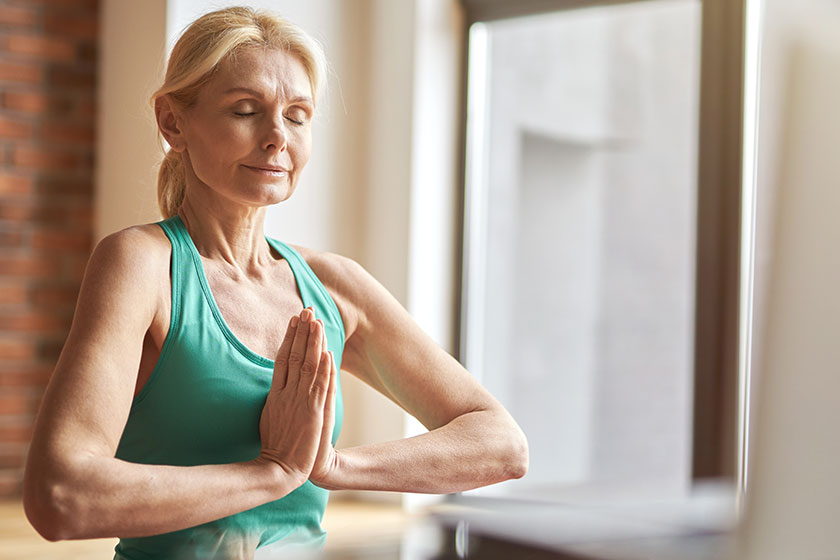Embracing yoga in your 60s offers a myriad of health benefits, from improved flexibility and strength to enhanced mental clarity and stress reduction. For those residing in or considering a move to a retirement community, integrating yoga into your lifestyle can significantly contribute to your overall well-being. This guide provides practical advice for beginning your yoga journey, ensuring a safe and fulfilling experience.
Consult Your Healthcare Provider
Before embarking on any new exercise regimen, it is crucial to seek advice from your healthcare provider. This step is especially important for individuals in their 60s to ensure that yoga poses and practices are suitable for their health status and physical capabilities.
Find the Right Class
Look for yoga classes specifically designed for beginners or those tailored to the needs of individuals in their 60s. Many retirement communities offer yoga classes as part of their health and wellness programs, providing a comfortable and accessible setting for you to start your practice.
Emphasize Gentle Yoga Styles
Opt for gentle yoga styles, such as Hatha or Iyengar, which focus on slow, controlled movements and proper alignment. These styles are ideal for building a solid foundation and gradually increasing flexibility and strength without the risk of injury.
Prioritize Comfort and Safety
Comfort and safety should be your top priorities when practicing yoga. Ensure that you have a non-slip yoga mat and wear comfortable, stretchy clothing that allows for a full range of motion. If you are practicing at your house, create a safe and clutter-free space where you can move freely.
Use Props and Modifications
Feel free to incorporate aids like blocks, bolsters and straps into your routine. These tools are invaluable for ensuring correct posture and making various poses more attainable. Additionally, a knowledgeable instructor can provide modifications to accommodate any physical limitations or concerns.
Heed Your Body’s Cues
Attune yourself to the messages your body conveys and honor your personal boundaries. Yoga’s essence lies in achieving equilibrium and harmony, not in the forceful attainment of poses. Should a position cause discomfort or pain, carefully withdraw from it, prioritizing your well-being.
Focus on Breathwork
Incorporating breathwork (pranayama) into your practice can enhance the benefits of yoga, promoting relaxation and mental clarity. Learning to breathe deeply and mindfully can also improve lung capacity and respiratory function.
Incorporate Meditation
Meditation is a core component of yoga that supports mental health and cognitive function. Even a few minutes of meditation can help reduce stress, improve focus and foster a sense of inner peace. Consider starting or ending your yoga practice with a short meditation session.
Build a Routine
Consistency is key to reaping the benefits of yoga. Aim to practice regularly, whether it is a few times a week or daily. Establishing a routine can help you stay committed and make yoga an integral part of your lifestyle.
Connect with a Community
Joining a yoga class in a retirement community or participating in senior living events centered around yoga and wellness can provide social support and motivation. Connecting with others who share similar interests and goals can enhance your yoga experience and encourage lifelong practice.
Starting yoga in your 60s within the supportive environment of a retirement community offers a valuable opportunity to enhance your physical health, mental well-being and social connections. By following these tips, you can safely embark on a yoga journey that enriches your life in meaningful ways.







